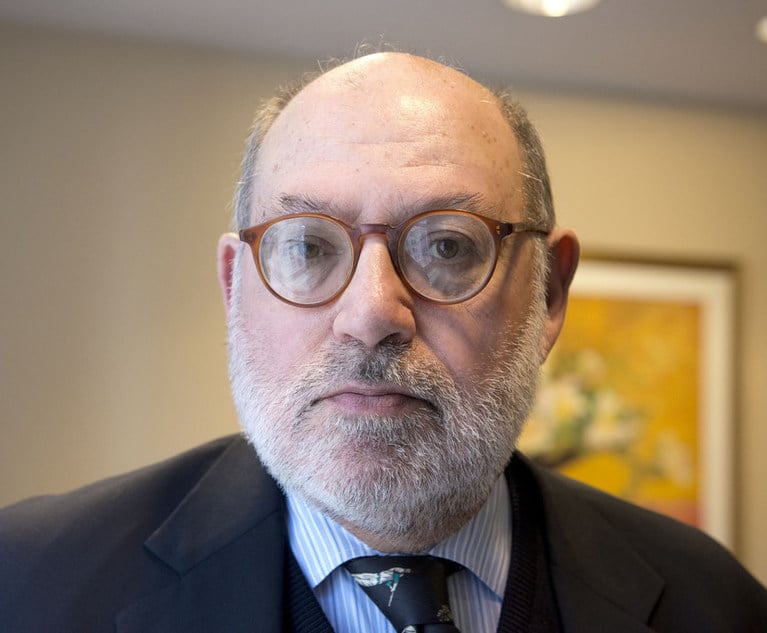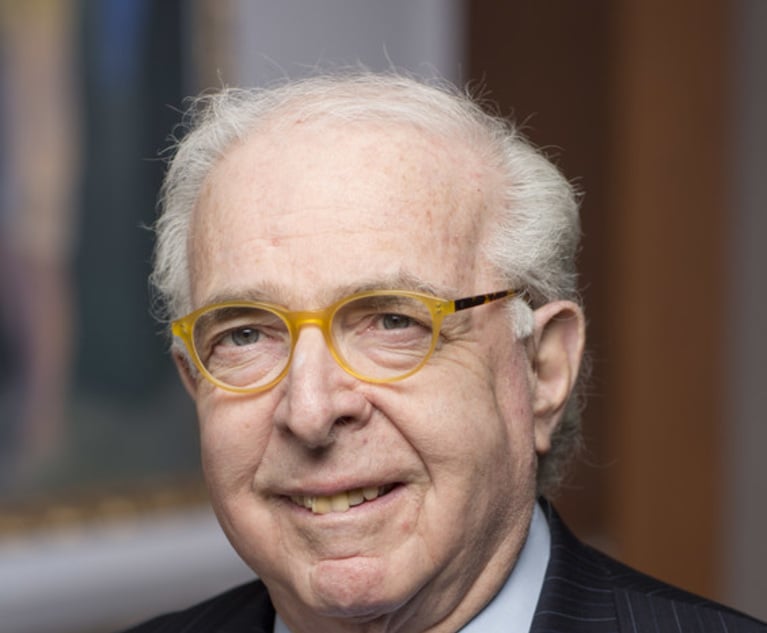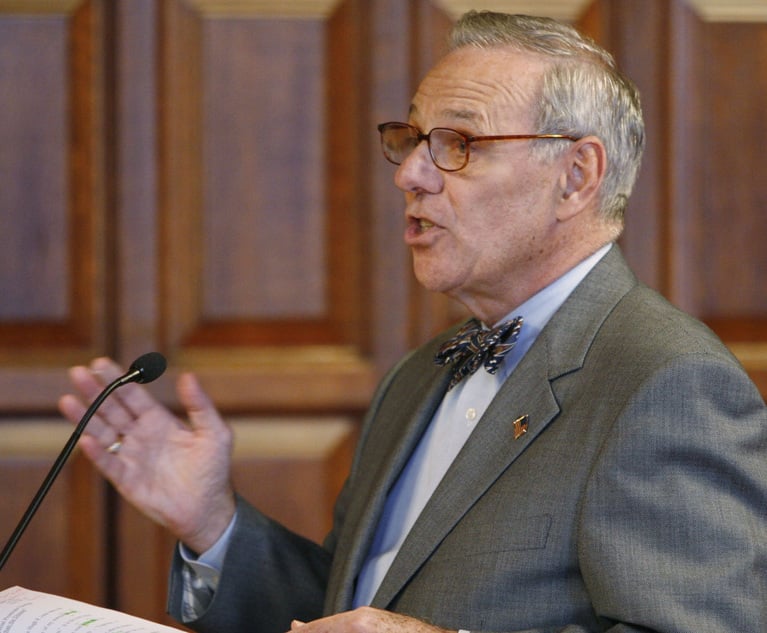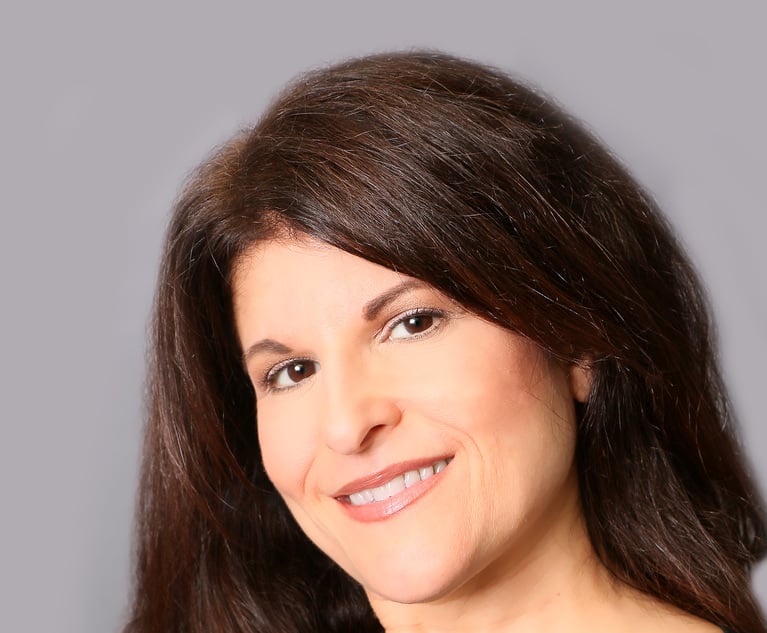There are, astonishingly, more than 3,000 judges in New York state. Many of us in urban and suburban counties who typically deal with full-time judges might be surprised to learn that about two-thirds of this state’s judges are part-time—they serve in town and village courts in counties most of us have never visited or even heard of (unless we were unfortunate enough to have been issued a traffic ticket while driving upstate). Perhaps even more surprising, not all of this state’s 1,850 town and village judges are lawyers, or even educated as lawyers. Indeed, about 60 percent are not. Most of the judges in this state are elected; others are appointed by the governor or by other elected officials. Many are experienced; many are inexperienced; but all are entrusted with significant power to make decisions affecting our daily lives.
And power they have. There are business disputes, and fights with local government, for sure. But judges also deal with individuals, most often concerning very personal claims—discrimination, personal injuries, traffic issues (including whether to allow forfeiture of an automobile), disputes between neighbors, landlord/tenant issues, domestic relations, child custody. These are often the kinds of cases that most aggravate the disputants when the judge rules or seems to side against them. And that is just in civil court. Bail, hearings to suppress evidence, sentencing—imagine the decisions a judge must make in the criminal arena, often involving young people (someone’s child) or youthful offenders or substance abuse.


 Joel Cohen
Joel Cohen




